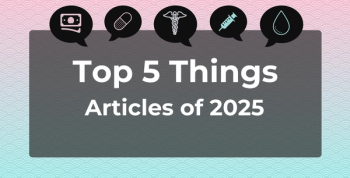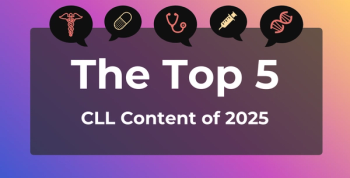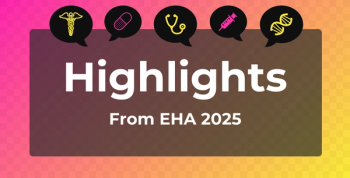
Pandemic-Accelerated Digitization Helped Narrow Racial Digital Divide, Study Suggests
The shrinking gap was mainly driven by mobile device use.
The accelerated
Findings were reported
The study also offers “policymakers an opportunity to identify new strategies to help close the racial digital gap in the post-pandemic world and call for ‘knowledge gap’ research for improving personal health literacy known to improve health care quality,” authors wrote.
They defined accelerated digitalization as “the rapid adoption of digital technologies by individuals and organizations.”
Previous research has detailed a wide racial gap when it comes to utilizing online health resources. Not only are Black and Hispanic Americans less likely than their White counterparts to have broadband connections, but even when they do have internet access, minority patients are less likely to effectively use health care communications technologies, the researchers explained.
The immediate increase in mass digitization spurred by the COVID-19 pandemic threatened to exacerbate these inequities, although few data exist on the extent to which underprivileged racial minorities’ use of health care technology was affected by the crisis.
To address this knowledge gap, the investigators assessed a longitudinal patient portal usage dataset. The information was gleaned from an urban academic medical center. They compared data collected between March 11 and August 30, 2019, and during the same time frame in 2020.
A total of 25,612 patients were included in the final analysis. Seventy-nine percent of patients were White, 20% were Black or African American, and 1% were Hispanic.
Data showed the racial digital divide persists regarding telehealth, as patients considered underprivileged racial minorities had lower patient portal usage rates prior to the pandemic compared with White patients. However, additional analyses found:
- The digital gap regarding patient portal use frequency between underprivileged racial minority patients and White patients is shrinking as opposed to widening following the start of the COVID-19 pandemic
- This shrinking gap is largely driven by access via mobile vs desktop devices
- During the pandemic, underprivileged racial minority patients expanded their use of a variety of portal functionalities faster than White patients
“We show that mobile internet usage patterns, combined with accelerated digitization which represents a sufficiently large shock to the environment, outweigh personal factors such as self-efficacy in driving behavioral changes on patient portal usage and thus in combating the digital divide,” the researchers wrote.
Findings also indicate telehealth holds potential to be an equalizer for reducing the racial digital health gap, as the underprivileged racial minority patients in the study embraced the technology faster than their White counterparts.
Going forward, the authors suggest incentives to facilitate patient portal usage may help address this inequality. Results also lend support to efforts aimed at increasing accessibility to health resources via mobile interfaces.
The researchers were not able to collect data on patient treatment outcomes, marking a limitation to the study. As such, they could not discern whether increased use of the online portal led to improvements in patients’ long-term health.
In addition, the study was carried out at a single academic medical center that provided limited services to the rural population, meaning results may not be generalizable. More research is needed to determine if the racial digital divide gap shrinks at a broader level, the authors noted.
Overall, “findings provide new insights into the digital behaviors among the underprivileged racial minorities during accelerated digitization,” they concluded.
Reference
Mai F, Ko DG, Shan Z, and Zhang D. Does accelerated digitization widen racial digital divide in healthcare? longitudinal observational study of patient portal usage during COVID-19. J Med Internet Res. Published online June 17, 2023. doi:10.2196/44981
Newsletter
Stay ahead of policy, cost, and value—subscribe to AJMC for expert insights at the intersection of clinical care and health economics.







































